Love Is in the Air for These Precious Pairs
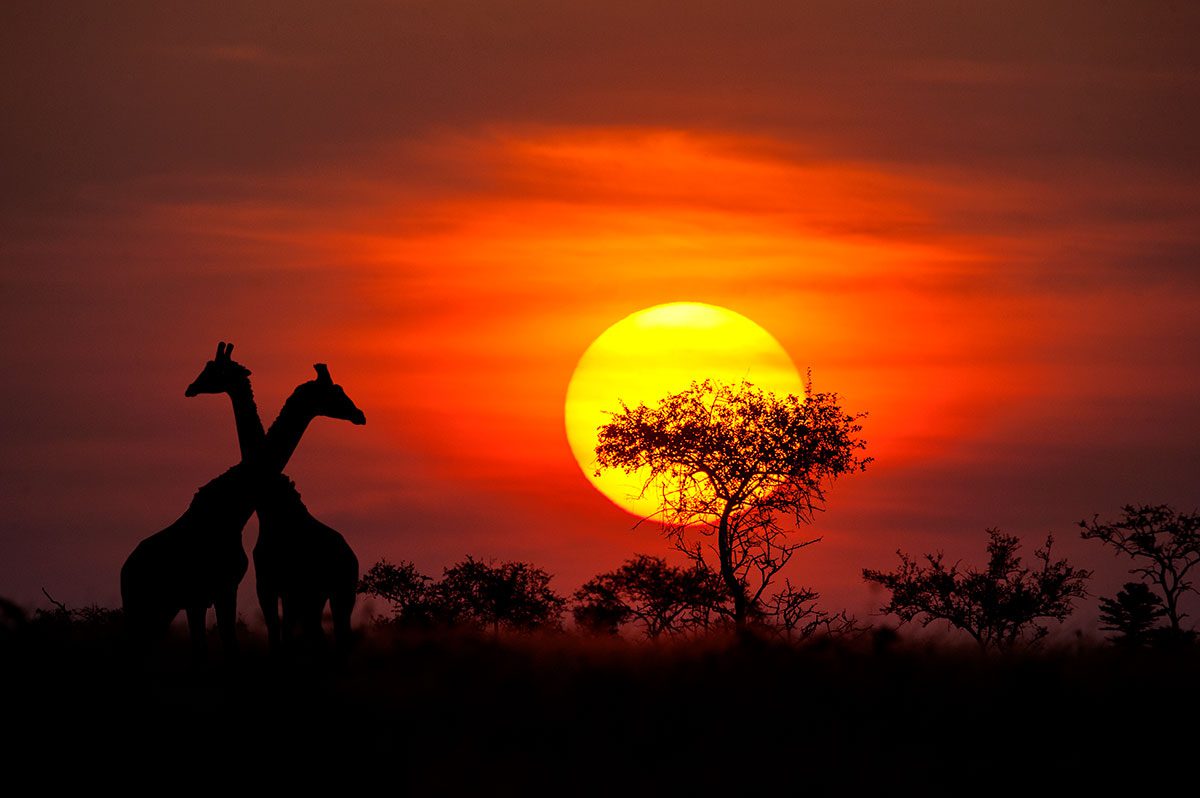
Love is in the air this Valentine’s Day for Tanzania’s wildlife. Whether you’re a couple of hyraxes celebrating your first Valentine’s Day or a mother and daughter chimpanzee duo, these animals know how to share the love. We should all take a lesson from these charming critters and show our loved ones how much we truly care!
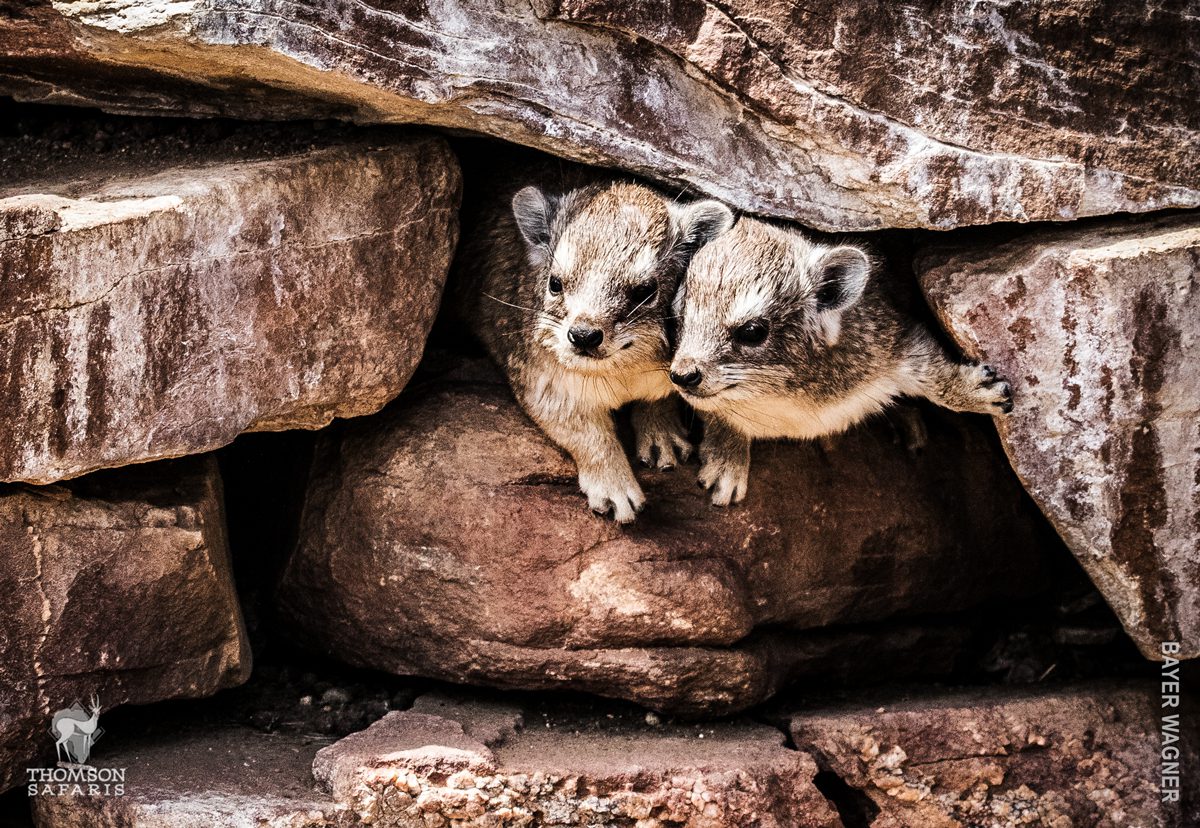
These two are thick as thieves! Surprisingly related to the elephant, the hyrax weighs only 8 pounds and is 1 ½ feet in length. While these stats might not scream “elephant” to you, the hyrax actually has incisor teeth that act as miniature tusks. In fact, the hyrax is said to be the elephant’s closest living relative.
As far as gender dynamics are concerned, a hyrax colony can consist of up to 50 members, led by a dominant male. This dominant “king” male patrols a specific territory and resides with a large number of females and their young.
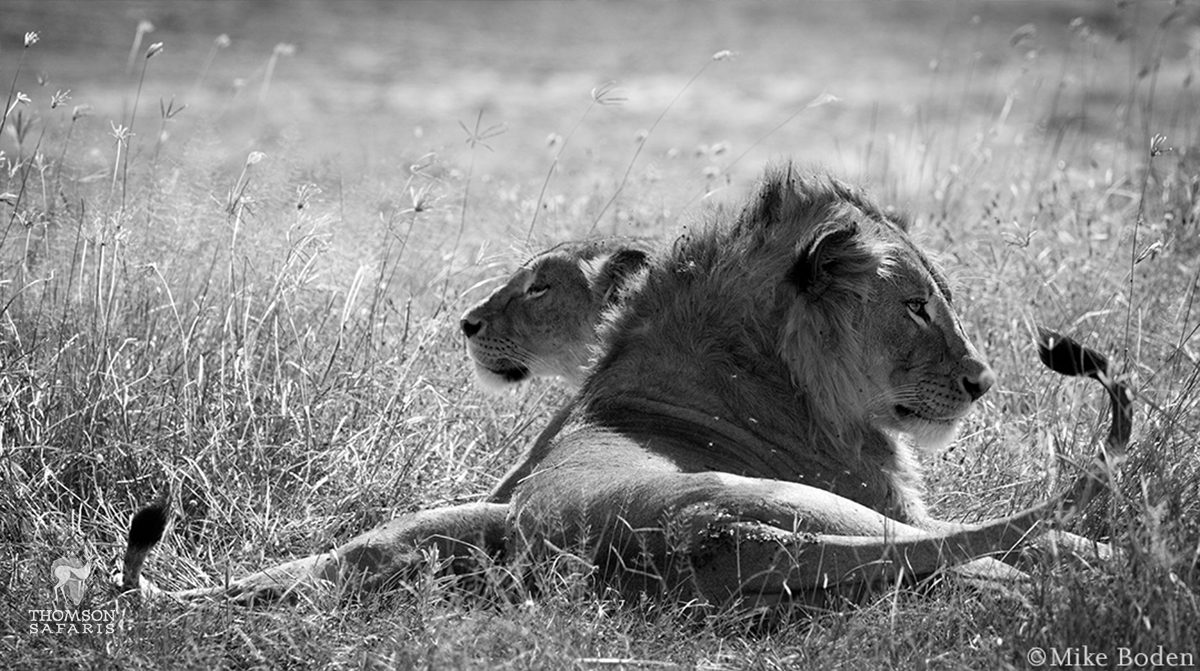
This pair looks to be quite confident in their status of king and queen of the jungle – and with great confidence, comes great responsibility. Female lions are known to be the main hunters of the pride, while males are more likely to stay back to guard the pride’s young.
Both male and female lions are polygamous and breed throughout the year. However, female lions are typically restricted to one or two adult males of their pride, according to Encyclopedia Britannica.
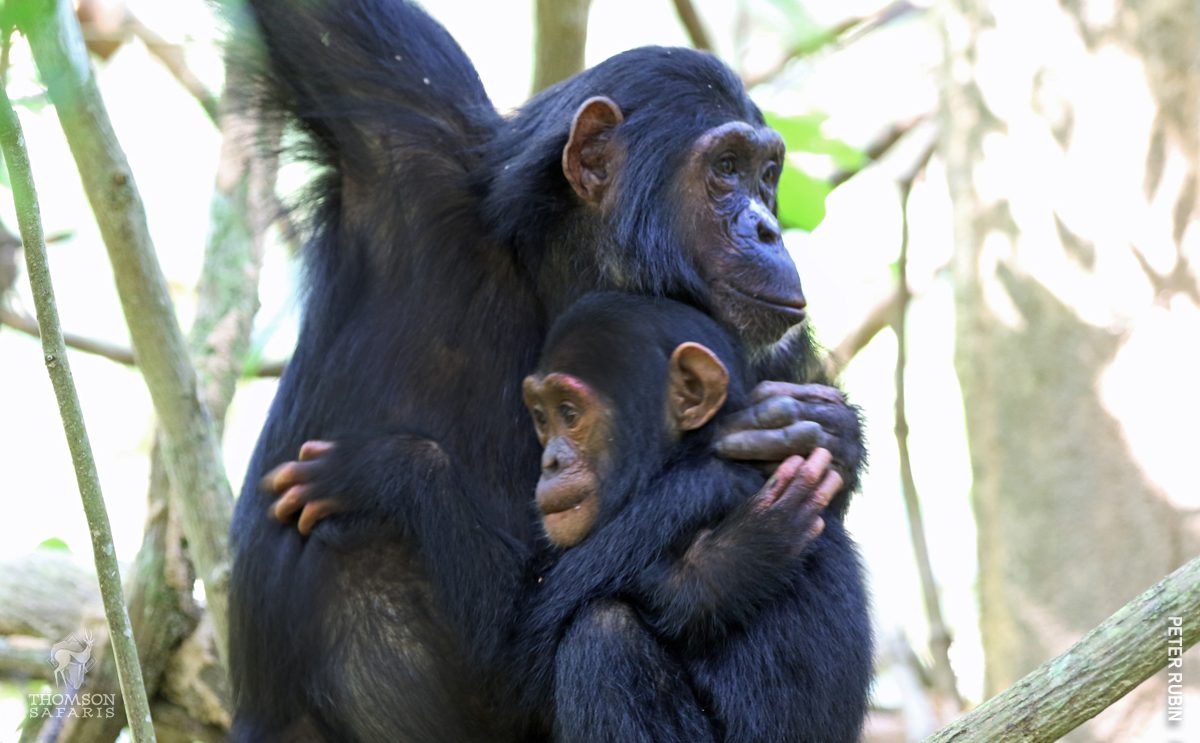
Nothing quite like a mother’s love! Did you know, the majority of childcare falls in the hands of the mother chimpanzee? In fact, for the first few months after birth, newborn chimpanzees will cling to the fur of their mother’s stomach, then graduate to riding atop their backs into their second birthday.
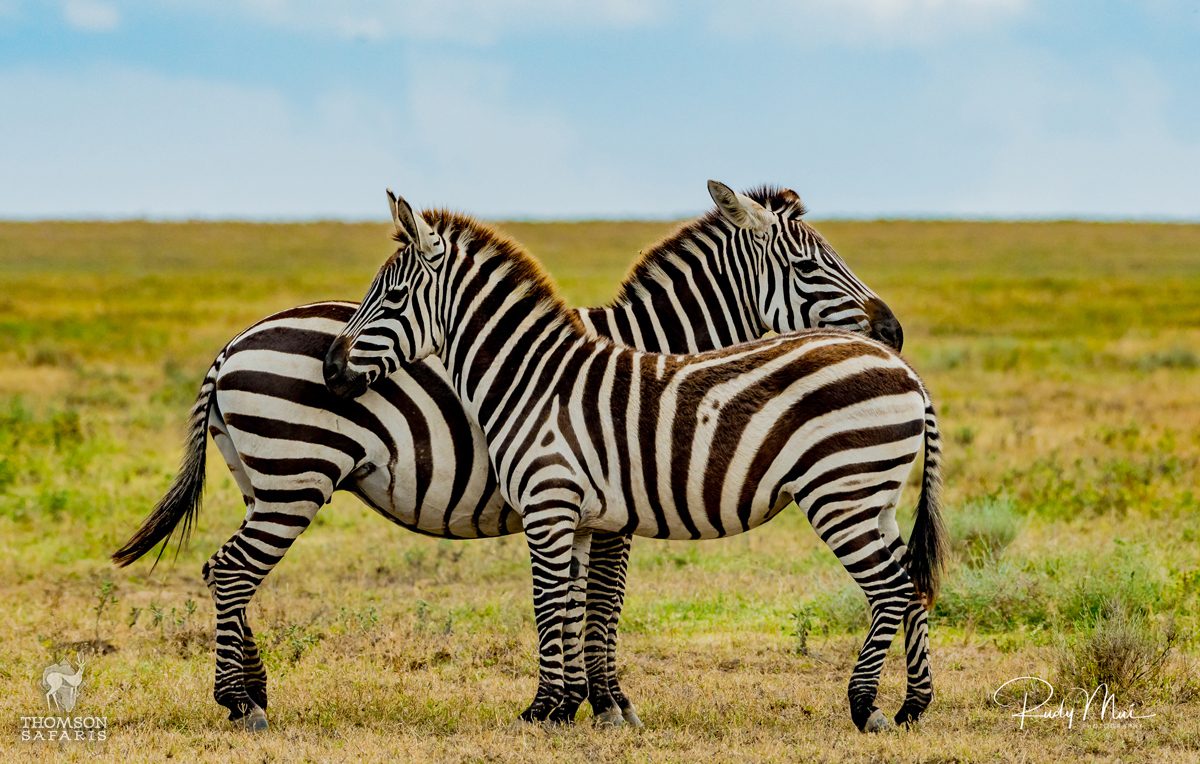
Zebra pairs will often stand opposite each other to ensure that no predator can sneak up on them – they have a 360-degree view of the vast lands. This pose is referred to as a “zebra hug.”
Plains zebras live in groups, known as “harems,” which consist of one male stallion and up to six female mares and their foals. They are known to be quite social animals, forming very close bonds with other members of their harem.
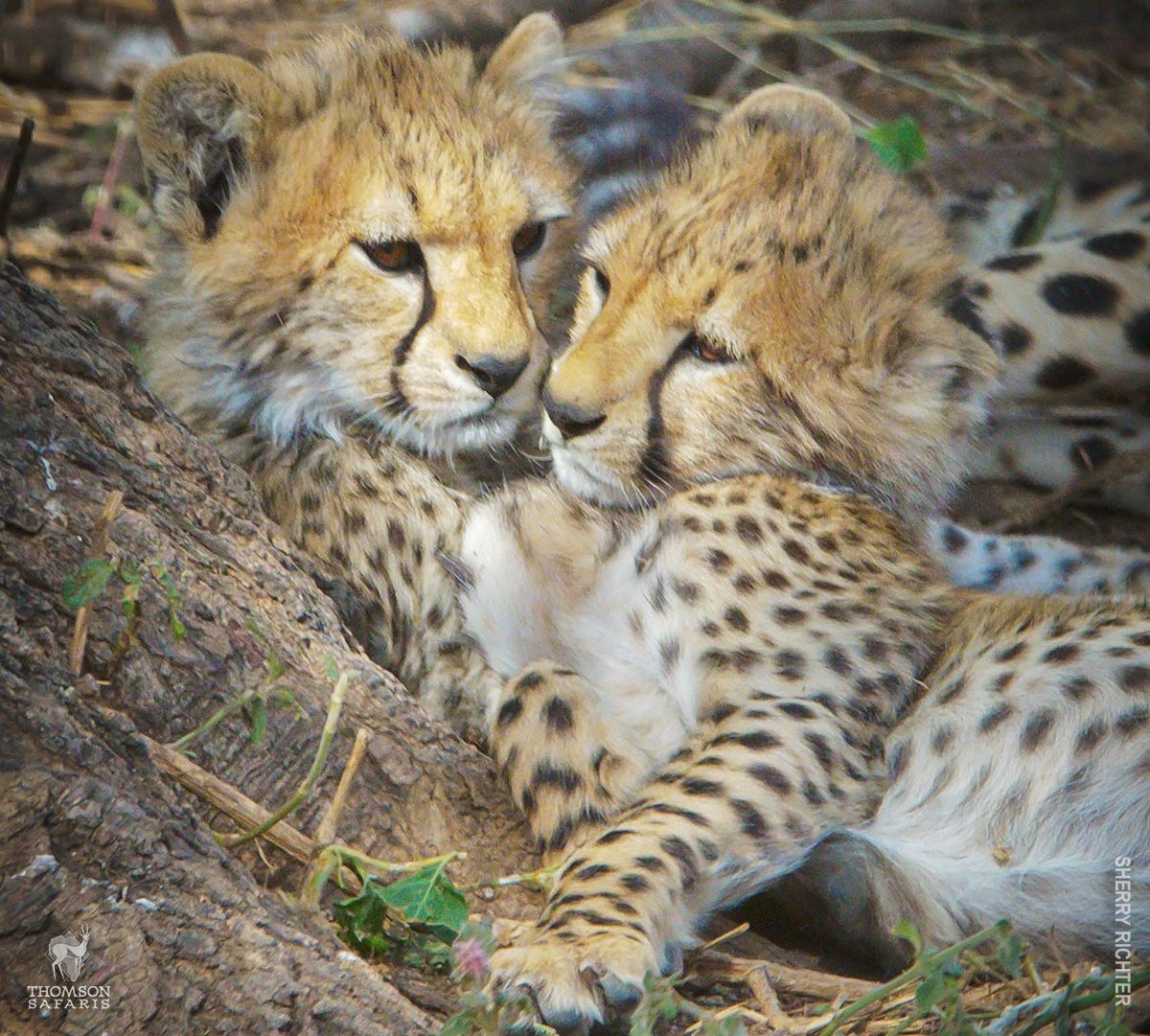
While cheetahs are often referred to as the most reproductive cat, they are also vulnerable for extinction. According to the African Wildlife Foundation, there are less than 7,000 adult cheetahs remaining in the wild, due in large part to the extremely high threat to cheetah cubs. Sadly, only about 5% of cubs survive to adulthood, often falling prey to lions, hyenas and birds of prey when left alone. Because females must leave their cubs behind to hunt for food and males do not stay with their young after reproduction, these tiny cubs are left to fend for themselves.
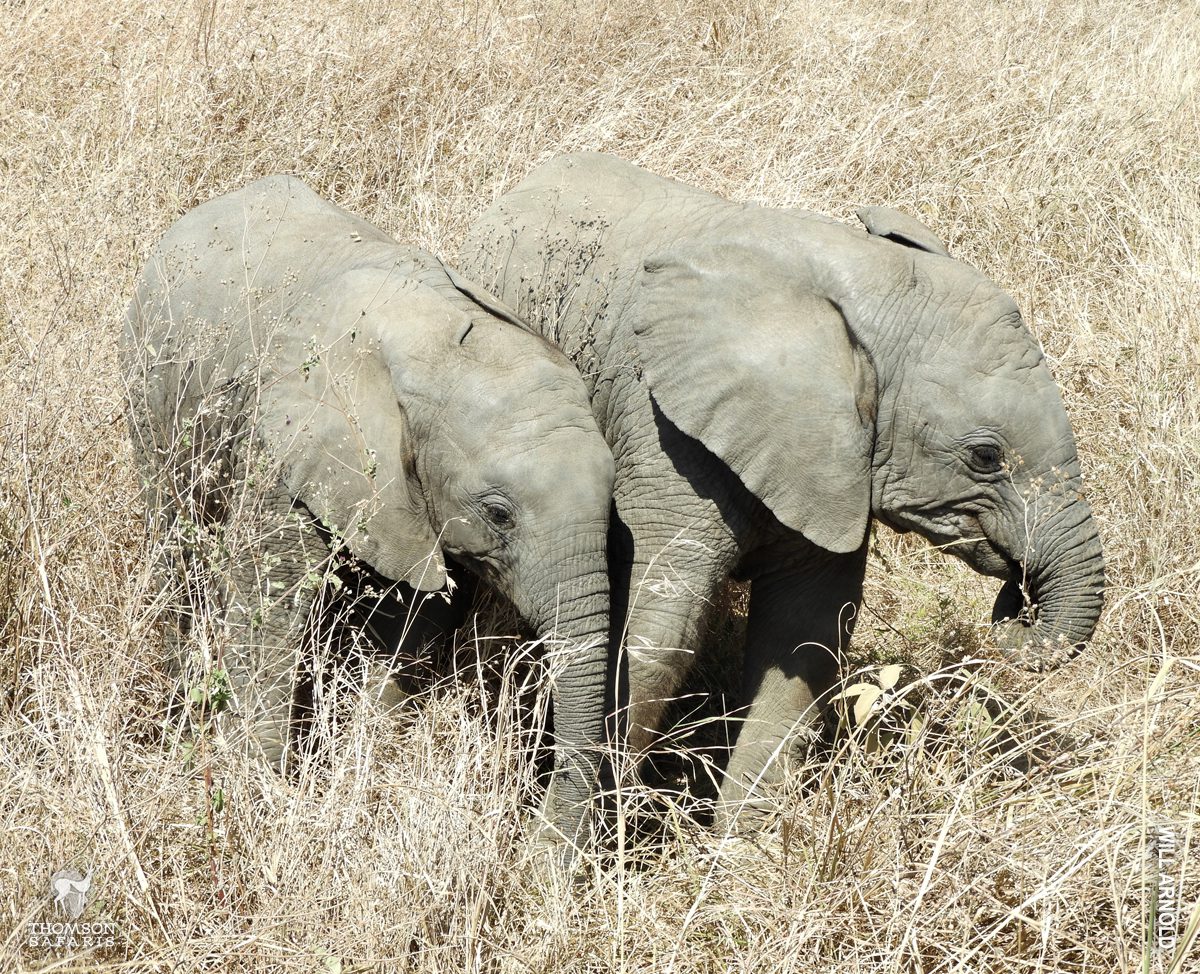
After the birth of an elephant, the new calf becomes the center of attention in the family. Adults and other young elephants will gather around the new herd member and show affection by touching and caressing the baby with their trunks. Similarly, if a predator is close, the family surrounds the newborn to act as a shield from danger.

